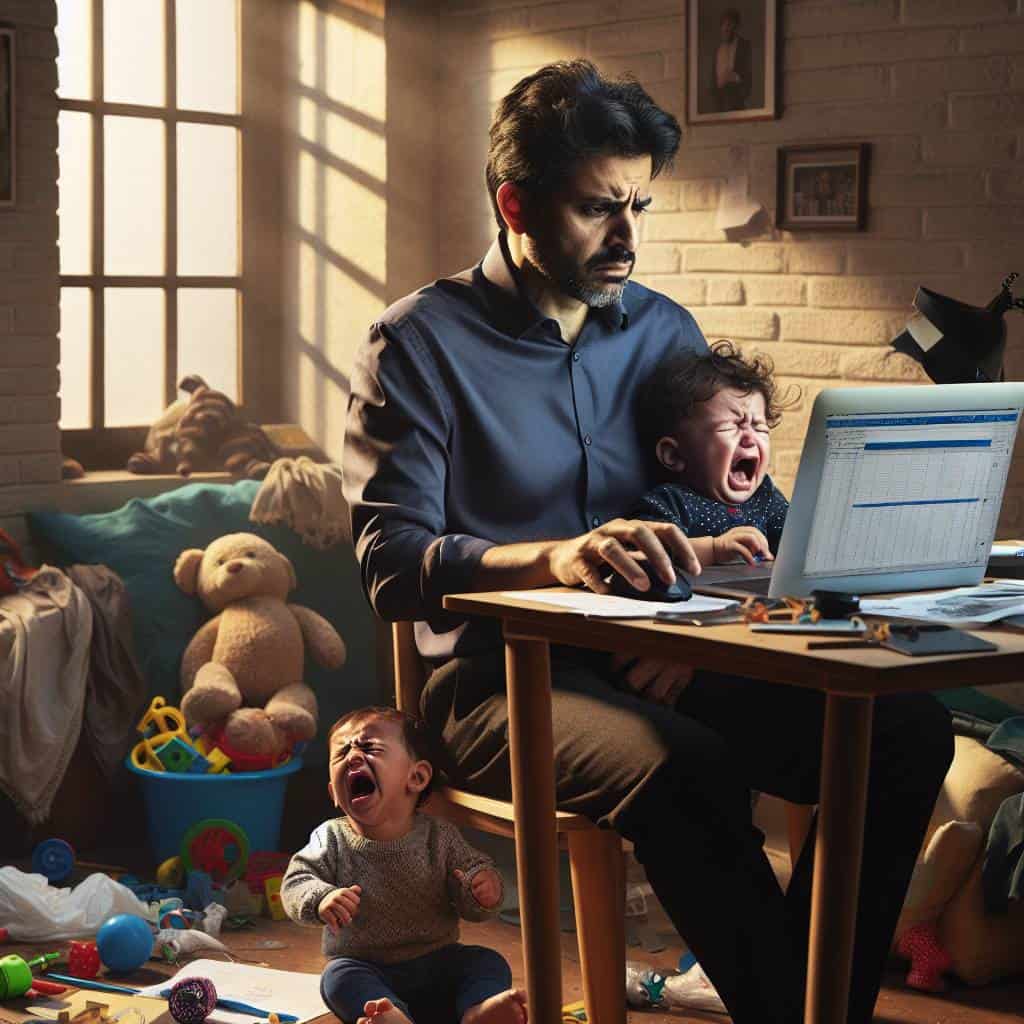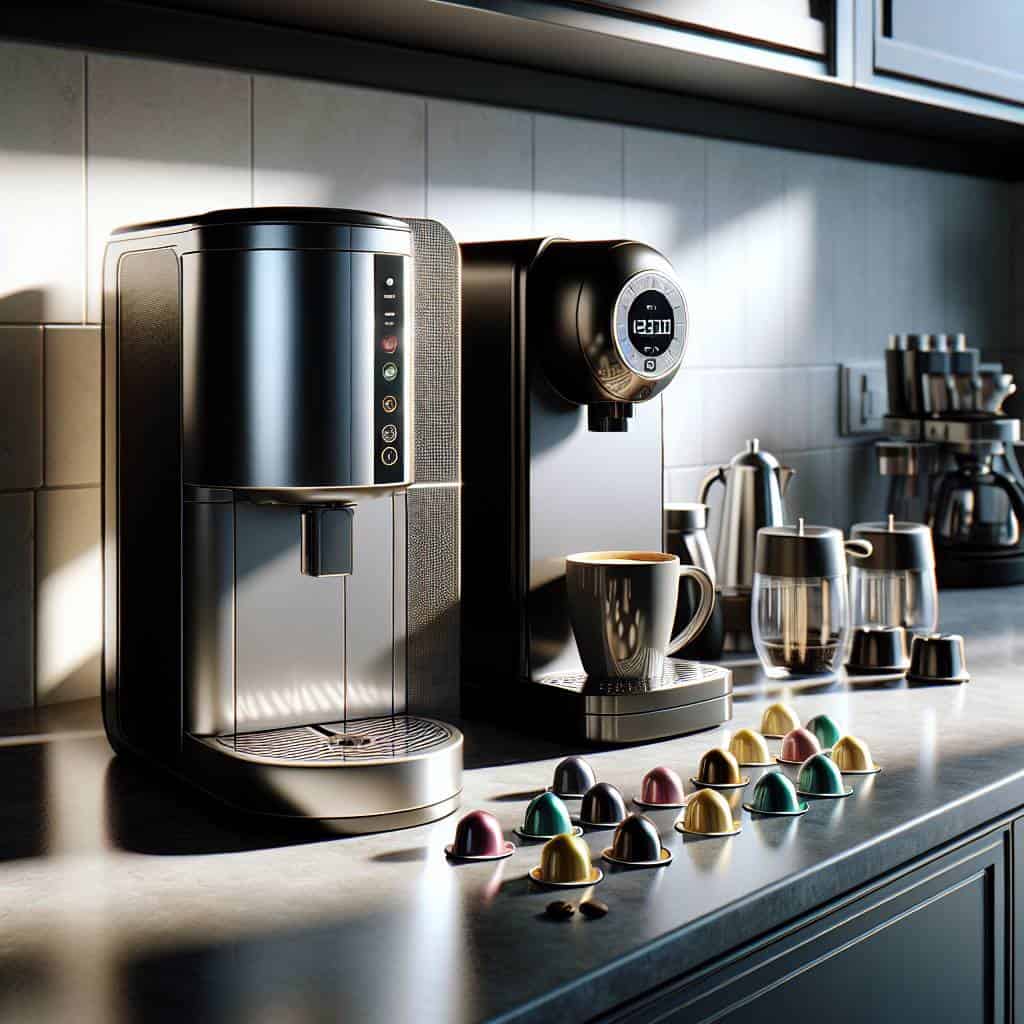Ever tried balancing a spreadsheet while your toddler screams bloody murder in the next room? I have, and let me tell you, it’s like trying to juggle flaming torches while blindfolded. The pressure mounts, and suddenly, those numbers on your screen start to look like hieroglyphics. My brain does this cute little trick where it decides to shut down, making even the simplest decision feel like climbing Everest. No fancy frameworks or decision-making models to save me—just raw panic and the hope that I don’t accidentally transfer my mortgage payment to my utility account.

But here’s the good news: you don’t need to be a superhero to make smarter choices under pressure. Throughout this article, we’re going to cut through the fluff and get to the juicy bits of decision-making. We’ll dive into the chaos of emotional regulation, unpack the myths of critical thinking, and maybe even give those so-called “decision-making frameworks” a hard look. Expect brutal honesty and practical insights—because when your brain turns to mush, you need more than just a pat on the back. Let’s get real about making decisions when things get rough.
Table of Contents
My Love-Hate Relationship with Critical Thinking Under Fire
Critical thinking under fire is a bit like trying to do calculus while riding a rollercoaster. It sounds thrilling in theory, but in practice? It’s a whole different beast. I’ve spent years crunching numbers, balancing books—cool, calm, collected. But throw in the chaos of a tight deadline, a missing receipt, or a malfunctioning calculator, and suddenly, my well-oiled machine of logic and reason starts to sputter. It’s a love-hate tango. I adore the clarity that critical thinking can bring—the way it slashes through the fog of stress like a machete. But I loathe how it can desert me when I need it the most, leaving me to flounder in a sea of indecision.
Here’s the kicker: decision-making frameworks, often touted as the holy grail, feel about as reliable as a paper umbrella in a hurricane when the pressure’s on. Sure, they’re great in theory, but when the clock’s ticking and the stakes are high, they’re just another layer of complexity. What really counts is emotional regulation—keeping that inner storm in check. I’ve found that sometimes, the best way to cut through the mental noise is to step back, take a breath, and let the dust settle. Only then can I see the numbers clearly and make a decision that isn’t clouded by panic or haste. It’s not perfect—far from it—but it’s real, and it works.
The Pressure Cooker Mindset
When the walls are closing in, forget the buzz of frameworks. Anchor yourself in the moment, and let clarity cut through the chaos.
The Final Reckoning: My Ongoing Battle with Decision Demons
Decision-making under pressure is a lot like wrestling with a greased pig. It’s messy, unpredictable, and you rarely come out looking dignified. I’ve learned that my brain tends to short-circuit when the stakes are high, turning critical thinking into a game of mental pinball. I used to think frameworks were my holy grail, but now I see them more as optional training wheels. Sometimes you need them, and sometimes you need to throw them in the corner and go with raw instinct.
Emotion regulation? Ha, that’s a laugh. It’s more like emotional whack-a-mole, where every decision you make seems to pop up a new set of anxieties. But through all the chaos, I’ve realized that the real skill lies in acknowledging the chaos and still finding a way to navigate through it. It’s not about eliminating stress or making flawless decisions—it’s about learning to dance with the uncertainty and embracing the imperfect flow of it all. So, here’s to embracing the mess and finding clarity in the chaos, one decision at a time.
